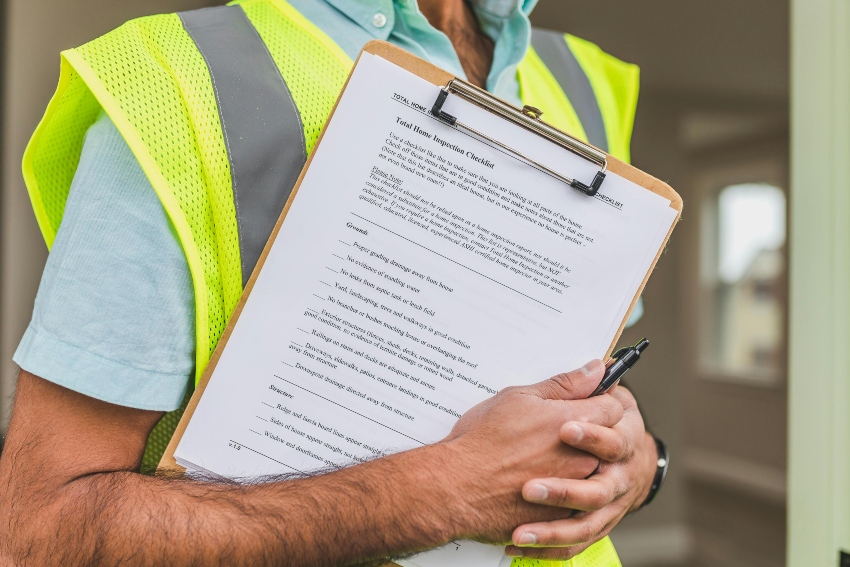
Short answer: there isn't one type of ladder that is definitively safer than others; the safest ladder for any task depends on various factors, including the intended use, environmental conditions, and safety features.
Ladders are essential tools for various tasks, from small-scale DIY projects at home to professional construction work. Choosing the right ladder for the task at hand is essential for ensuring safety and efficiency.
With such a wide variety of ladder types available, it’s important to understand which types offer the highest level of safety. In this blog post we’ll be reviewing some of the most common types of ladders and what safety features they have, to help you make an informed decision.
Step Ladders
Step ladders are perhaps the most common type of ladder found in households and workplaces. They feature a self-supporting A-frame design with evenly spaced steps on both sides. Step ladders are a convenient ladder option for tasks that require stability and relatively low reach, such as painting walls, changing lightbulbs, or accessing hard-to-reach shelves.
Step ladders typically have a wide base for stability and a locking mechanism to prevent accidental closure. For additional safety, you can look for step ladders with non-slip steps and robust construction.
Shop Step Ladders
Extension Ladders
Extension ladders are versatile tools designed for tasks that require reaching greater heights. They consist of two or more sections that can be extended to various lengths. Extension ladders are commonly used for outdoor tasks like gutter cleaning, tree trimming, or roof repairs.
For additional safety, ensure that your extension ladder has strong rung locks to secure the extended sections. Look for anti-slip feet and stabilizers to prevent the ladder from slipping or tipping over.
Shop Extension Ladders
Telescopic Ladders
Telescopic ladders are compact and highly portable, making them ideal for professionals and DIY enthusiasts who require a portable ladder or have limited storage space. These ladders feature overlapping sections that slide into one another, allowing for adjustable height. Telescopic ladders features locking mechanisms to keep users safe while working at height – ensure the ladder is fully extended and locked into position before use.
Shop Telescopic Ladders
Fibreglass Ladders
Fibreglass ladders are specifically designed for use in environments where electrical hazards are present. Unlike metal ladders, fiberglass does not conduct electricity, making them suitable for tasks near powerlines or electrical installations. Fibreglass ladders offer excellent insulation properties, reducing the risk of electric shock. For additional safety, you can look for models with non-conductive side rails and anti-slip steps.
Shop Fibreglass Ladders
*
All in all, there is not one type of ladder that is definitively safer than others; determining the safest type of ladder depends on various factors including the intended use, environmental conditions, and safety features. While each type of ladder has its advantages, prioritising safety features such as non-slip steps, sturdy construction, and appropriate height adjustments is essential.
Before using any ladder, conduct a thorough inspection to ensure it’s in good condition and suitable for the task at hand. Remember to follow manufacturer guidelines and recommended safety practices to minimise the risk of accidents or injuries. By choosing the right ladder and practicing caution, you can complete tasks safely and efficiently.
Read More: Ladder Safety Tips

 Ladders
Ladders  Step Ladders
Step Ladders  Loft Ladders
Loft Ladders  Scaffold Towers
Scaffold Towers 








